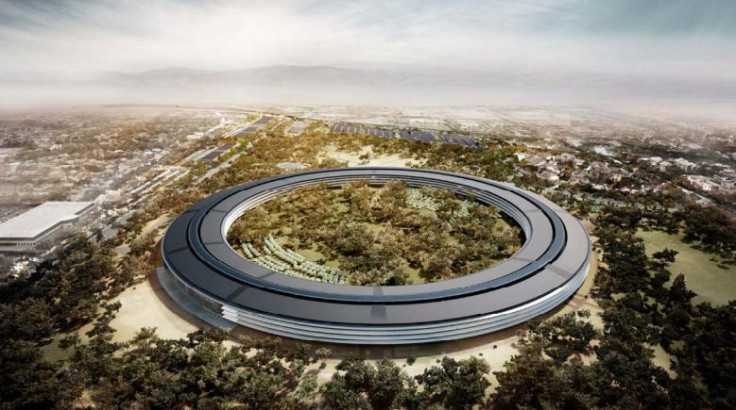Silicon Valley has taken 16 years to recover from dot-com bubble burst
One fifth of employees in the Bay Area of California now work at technology companies, the same as in 2000.

The number of technology jobs held in the Bay Area of California, better known globally as Silicon Valley, has exceeded a record last set during the dot-com Bubble of the late Nineties.
The Bay Area, which consists of nine areas including San Jose and San Francisco, home to Apple, Facebook, Google, Tesla, Twitter and Uber, now employs 746,100 people in technology jobs.
This is 21,000 jobs more than the last record set during the dot-com Bubble, which grew from 1997 and crashed through most of 2000, causing huge financial losses and the closure of many pioneering tech and internet companies. Now, roughly one in five Bay Area residents works in the high-tech industries growing there.
Tech employment in the area grew by 4.8% in the 12 months to June, resulting in 34,400 new jobs. This is down on the 6.6% increase in 2014/15 and the 6.1% jump the previous year, but it is still comfortably up on the 3.2% increase in 2012/13. Overall job growth in the Bay Area is at 3.3% for 2015/16.
But the new surge in productivity has brought problems as well as success. House prices are rising and traffic is getting worse to such an extent that some warn Silicon Valley could become a victim of its own success. "Russell Hancock, president of Joint Venture Silicon Valley, based in San Jose, told The Mercury News: "We are creating all kinds of tech jobs, but at the same time we are nowhere near to solving all the housing and traffic problems."
Over the last 12 months, the number of technology jobs held in the Bay Area grew by 6.8% in San Francisco, 4.6% in Santa Clara County and 2.6% in the East Bay. But the area has more financial stability now than during the dot-com Bubble, and learnt important lessons after the bubble burst. This has lead experts to believe the growth seen today is more manageable and unlikely to end in a crash.
Jon Haveman, of Bay Area-based Marin Economic Consulting, said: "What's good is that these are really good, high-paying jobs. What's bad is tech employment can be very volatile, so the Bay Area will experience job losses disproportionately in a downturn. That has happened in the past...People keep saying winter is coming for the tech sector, but that isn't happening yet."
Known more as Tech Boom 2.0 rather than Tech Bubble 2.0, the growth is being led by industry giants like Google and Apple. The iPhone maker is currently building a new, 2.8 million square feet international headquarters in Cupertino; 12,000 staff will work there.
© Copyright IBTimes 2025. All rights reserved.






















